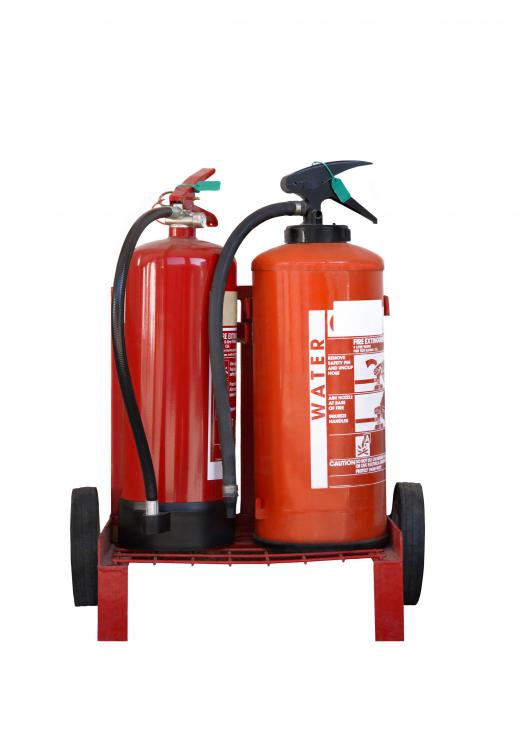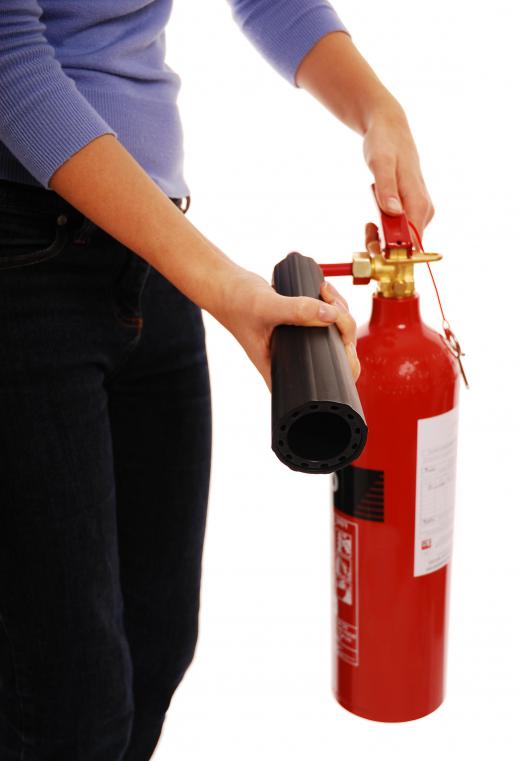Fire classes, or categories, are usually defined by the type of fuel or heat source responsible for starting the fire, though, in some cases, classification is also made along the lines of how the fire can be extinguished. Classification varies slightly between world regions as well. Fire classification serves to help people fight fires by quickly matching the type of fire to the most appropriate type of extinguisher. Different fire classes must be dealt with in distinct ways.
There are several sources that can fuel fires. Ordinary combustibles are physical objects, such as wood, rubber or cloth, that will ignite and burn when sufficiently heated. Some types of metal can also be set on fire, but this will normally require special circumstances and more extreme levels of heat. Non-solid fire classes include those involving flammable liquids or gases, electricity, and cooking oils or fats.

Ordinary combustible fires, which are often started on purpose in contained spaces, such as in a fireplace, usually can be extinguished by using water to cool the heat that is causing combustion. This class of fire can also be smothered by foam, depriving the fire of its necessary supply of oxygen. Other fire classes can require more specialized extinguishing agents.

An electrical fire is commonly fought with carbon dioxide, since foam or water could act as a dangerous conductor of electricity. Flammable liquid fires might sometimes also be fought with foam, but gas fires usually require the use of carbon dioxide, halon, or dry chemicals to interrupt the chemical reactions causing the fire. Metal fires are usually fought using dry powders such as graphite, sodium chloride or copper powder while large fires involving cooking oils or fats require a wet chemical extinguisher. Small kitchen fires, for example a tiny flame in a cooking pan, typically can be stopped by placing a metal lid over the fire, thereby restricting the available oxygen.

There is some overlap in the ways that different kinds of fires can be extinguished. Largely because of this, world regions have developed subtly distinct systems of fire classification. For example, in the American system, liquids and gases are categorized in the same class because they are frequently fought in a similar way. They are classified as two separate classes in both the Australasian and European systems. In all systems, fire classes are identified by a given letter; for example, a "Class A Fire" categorizes the ordinary combustible class in all regions. The particular letters assigned to each type of fire otherwise vary somewhat between regions, however.
